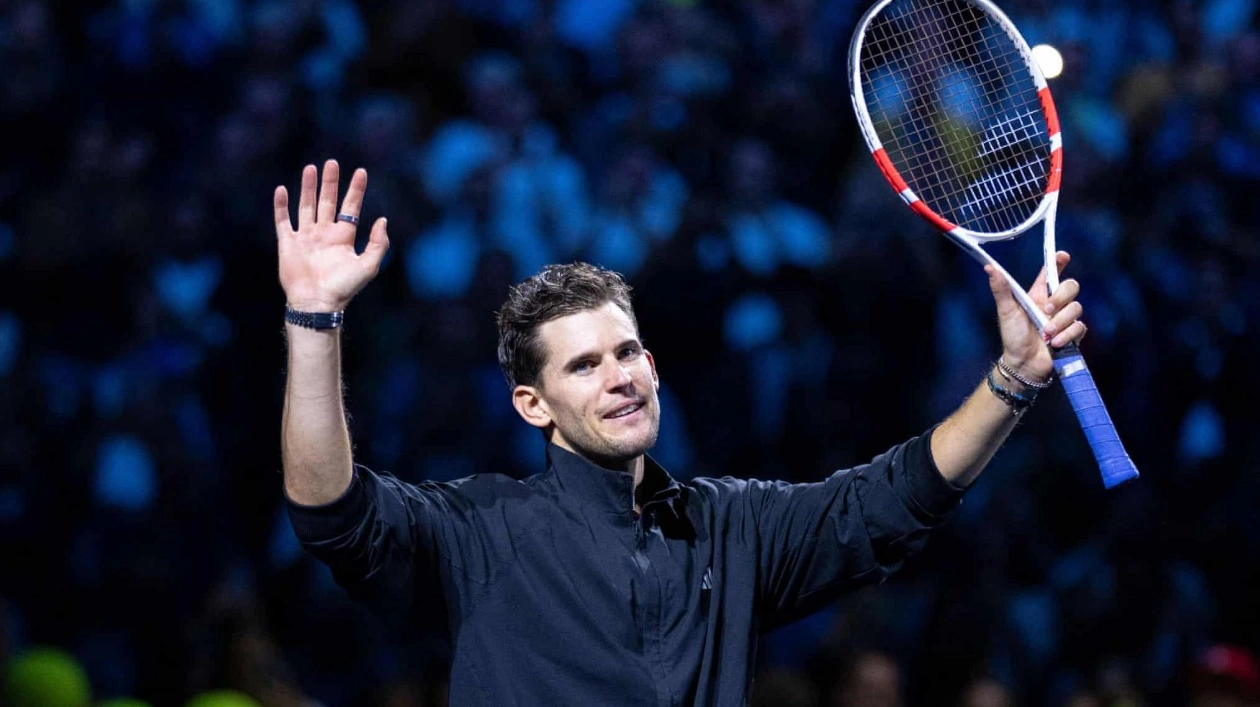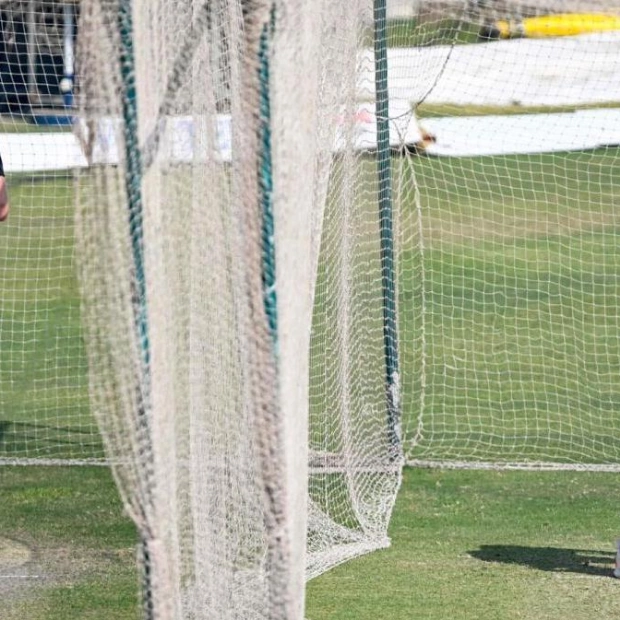As Dominic Thiem smoothly dismantled Daniil Medvedev to secure his spot in the US Open final in September 2020, his performance further solidified his potential as a future leader in men’s tennis. Thiem had undeniably earned his stripes. He had already competed in three major finals, falling to Rafael Nadal twice at the French Open and Novak Djokovic in Australia. Despite the uncertainties that arose after each loss, he returned stronger each time. Finally, on his fourth attempt, fortune seemed to be on his side.
“The emotions were incredible,” Thiem recalls with a smile, reflecting on the aftermath of that semi-final from a comfortable room inside Vienna’s Wiener Stadthalle this week. “Great dinner, great treatment. Everything was perfect. But as I was going to sleep after the semis, I felt: ‘OK, I’m really tense. Damn. I can’t stop thinking about the final, which isn’t good.’” Instead of an easy win for Thiem against Alexander Zverev, chaos ensued. In a flash, Thiem found himself down two sets. After clawing back to force a final set, he stood just two points away from defeat on Zverev’s serve. By the time Thiem managed to drag himself into a final set tie-break, the drama had reached its peak after four hours inside the empty, eerily silent Arthur Ashe Stadium due to strict Covid protocols. Somehow, he held on to win.
This wasn’t just a career-defining moment for Thiem; it was a pivotal event in the recent history of men’s tennis. After years of Djokovic, Nadal, and Roger Federer dominating, Thiem represented the first chink in their collective armor, the first male player born in the 1990s or later to claim a grand slam title. Four years later, Medvedev remains the only other 90s-born champion. It appeared that Thiem had just reached his peak and would continue to vie for major titles.
However, the pinnacle of Thiem’s career turned out to be the beginning of the end. On Tuesday, Thiem retired from professional tennis at the age of 31 after a 7-6 (6), 6-2 loss to Luciano Darderi in the first round of the Vienna Open. It has been a decade since Thiem burst onto the ATP tour, a talented player who took a bit longer to ignite than some of his peers. From the start, he exhibited a brutally physical playing style, launching himself into every stroke and alternating between generating wicked, heavy topspin with his forehand and his unforgettable single-handed backhand; overpowering opponents with his explosive shotmaking from all corners of the court.
Thiem’s approach to the sport was even more remarkable. Alongside his initial coach, Günter Bresnik, Thiem quickly became known for his relentless work ethic. His schedule was unyielding. He played week after week, rarely taking a break. Between matches, his training regimen was equally demanding. “That’s how I grew up, this training style with a lot of intensity and really giving it 100% every single shot,” he says. “It was physically very demanding. And also, from a very early age, I got used to high-volume practice, practicing like three to four hours straight, or three hours twice [a day].” For Thiem, that work ethic was an indispensable part of his career, one of the cornerstones of his success. But it was also ultimately what led to his downfall. Having dedicated his entire career to winning a grand slam title, once he achieved that goal, the toll of his efforts quickly caught up with him. By the beginning of 2021, Thiem was physically and mentally exhausted. Then, just as he had rediscovered his motivation and drive, his body gave out. At the Mallorca Open in June 2021, nine months after New York, Thiem severely injured his wrist while reaching for a forehand.
“The last couple of years, it was so difficult to maintain that [high] volume,” he says. “The wrist couldn’t handle that volume of practice, and also the other parts of the body got older and older.” Over the past few years, as Thiem struggled to regain his former form, he mostly spent his time chasing shadows. As he came to terms with his injury, which few players recover from, Thiem had to accept his situation. “I think the way we do the sport, it’s not healthy, and at one point, one part or more parts of the body break down,” says Thiem. “You can see it with almost every player; there is no player who comes through their career without injury. That’s just the nature of professional sport. And in my case, it was the wrist. It’s not really surprising, because I was obviously using the wrist so much, especially at the forehand, and it was one of my most important parts the last moments before hitting the ball to accelerate a bit more with the wrist. I was doing this probably millions of times, and at one point, that’s also what the doctor said. The wrist got just a little bit too weak and then it broke. After that, I never had the same feeling.”
In a season marked by high-profile retirements, Thiem’s departure seems one of the most poignant, but the perspective he has gained in the twilight of his career is commendable. Unlike the understandable anguish of Andy Murray this year and Nadal’s months of deliberation before deciding to retire, Thiem accepted his injury and also how his decisions contributed to it. “In the end, everything kind of makes sense,” he says. “I’m satisfied with how everything went.” Since announcing his retirement in February, Thiem has received tributes at tournaments around the world this year, including a special evening dedicated to his career in Vienna. There have been no tears, and at no point has he shown any doubt about his decision. While the last few years have been painful as he tried everything in his power to recover, this year he resolved to simply enjoy his final days as a tennis player.
Source link: https://www.theguardian.com






